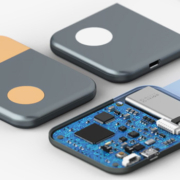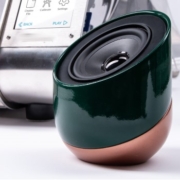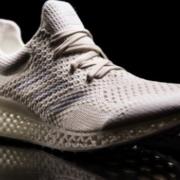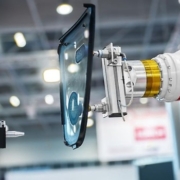How to Benefit from Urethane Casting?
Cast urethane molding is a cost-effective choice when several prototypes are required that must match the performance of the production material or when limited numbers of production components are required. Urethane casting, also known as polyurethane casting, is one of the most flexible methods for fabricating plastic and rubber-like components. Many years have passed since the urethane molding technique was first used to produce high-quality components in rapid prototyping.
What is Urethane Casting?
Urethane casting is forming urethane polymers into rigid or flexible components by molding them together under pressure. When casting urethane components, we normally use room-temperature vulcanization (RTV) molding, which entails pouring urethane into a silicone mold. These silicone molds may vary in complexity from basic to quite complex, allowing for the creation of practically any requested component shape. Once set, urethane exhibits qualities similar to those of high-quality polymers, making it an excellent choice for rapid prototyping.
Urethane Casting Process
In many aspects, the urethane casting technique is similar to plastic injection molding, but there are significant differences. For example, urethane casting through RTV molding employs a flexible silicone mold rather than a hard plastic tooling system. These silicone molds are reasonably priced and simple to manufacture, making them perfect for rapid prototyping and the possibility of many design revisions in the future.
Here are five benefits of urethane casting
-
Decreased tooling and component costs
As order volume grows, urethane-cast components are often more cost-effective to make on a per-unit basis than parts produced using additive manufacturing technologies. It is especially true as the amount of orders increases.
Additive methods may need numerous build cycles to produce a greater number of components during rapid prototyping, which would increase the ultimate cost of manufacturing. On the other hand, Urethane casting may be used to produce prototypes in a short amount of time, minimizing the need for further — and expensive — fabrication cycles.
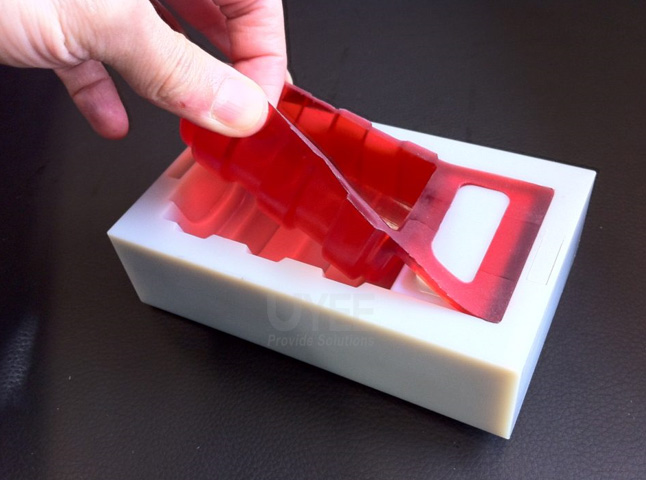
Silicone is used in injection molding and cast urethane molding processes, making it far more cost-effective than the expensive metal molds used in injection molding. For hundreds of thousands of dollars, silicone molds may be made in as little as 24 hours (based on the mold’s dimensions and design). In contrast, aluminum and steel mold tooling can take weeks and tens of thousands of dollars to complete, depending on the size and design of the specific mold.
-
Increased design flexibility
When it comes to component material, urethane casting is quite versatile; product development teams have access to hundreds of different materials in various colors and durometers to pick from. Furthermore, in contrast to the rigid thermoplastics and thermosets often used in production, silicone urethane casting resins are softer and more flexible, allowing for more forgiving molds to be employed.
For example, with molds constructed of elastomeric materials like silicone, draft angles (which must be considered in mold design for pieces to be ejected without harm) are no longer required. Designers might add characteristics to components that would normally be hard to produce without using costly slides and actions, such as undercuts and overmolds, if they used traditional methods.
As a bonus, design modifications may be quickly included in mold designs in response to prototype testing or user feedback without the need for costly new hard tooling. Considering that silicone molds have a life expectancy of 25-30 shots, it is simple to implement alterations between molds at no additional cost. Because of this, more molds are required as manufacturing volume grows; nevertheless, As previously stated, silicone molds may be made at a fraction of the cost of hard molds.
-
Impressive speed of production
Compared to hard tools, silicone molds are far quicker to manufacture, with some molds ready to use within 24 hours after being poured. Because of its rapidity, urethane casting is perfect for making components in small quantities that would not justify the large cost required to construct a metal injection molding machine.
It is possible to supply the bulk of cast urethane components to the market in two to four weeks, providing astute producers with a significant competitive advantage. It may also be a bridge to production if components are required quickly. Product teams can begin manufacturing first-run parts while the hard tools are being completed, allowing them to meet their deadlines.
-
Excessive accuracy and high quality
When it comes to urethane casting, producers can produce high-quality components in various forms, sizes, and materials – all while maintaining tight tolerances. When it comes to casting urethane components, typical tolerances are +/-.020′′ per inch. However, actual tolerances may vary depending on the item’s shape and other considerations.
Differences intolerances from the standard may be produced by the thermal interaction between the liquid shot and the silicone mold during the molding process. As a rule of thumb, teams should expect a material shrinkage rate of +0.15 percent, which means that the volume of the component will grow.
Furthermore, it is important to note that several polyurethane casting resins can produce chemical and physical qualities equivalent to or better than those of production-grade plastics, which is a significant advantage. The use of urethane casting, as opposed to additive manufacturing methods, which are restricted in terms of material and structural options, allows for the quick creation of robust, high-quality end-use components from a broad range of materials.
-
Excellent surface finish
The surface quality of cast urethane components is comparable to that of injection-molded parts. The parts may be modified by adding colors, surface textures, or post-production operations such as painting to meet specific requirements. These settings ensure that components will retain their visually pleasant appearance even if they are damaged or scratched during normal usage of the product. With urethane, it is possible to manufacture components with mechanical qualities akin to those of a wide range of materials, from stiff plastic to the rubber-like elastomer. Many materials are also available in various translucencies to suit your needs.
Conclusion
It is important to compare the pros and downsides of urethane casting vs. alternative methods like injection molding or additive manufacturing before making a final decision. When many prototypes must be produced fast, the speed and design flexibility make it a very attractive alternative. At the same time, if order numbers are high, urethane casting is an ideal method to beat rivals to the market while waiting for production tooling to be completed.
Urethane casting is a very effective manufacturing method because of its speed and low cost, and it provides a variety of advantages to product teams of all types. The most effective method to guarantee that you are taking advantage of all of the benefits of urethane casting while streamlining your product development process is to collaborate with an experienced production team.


